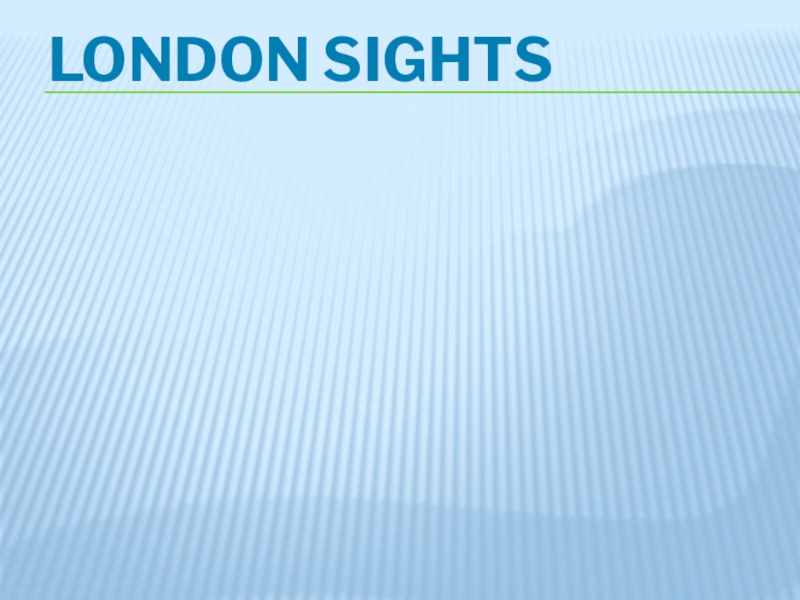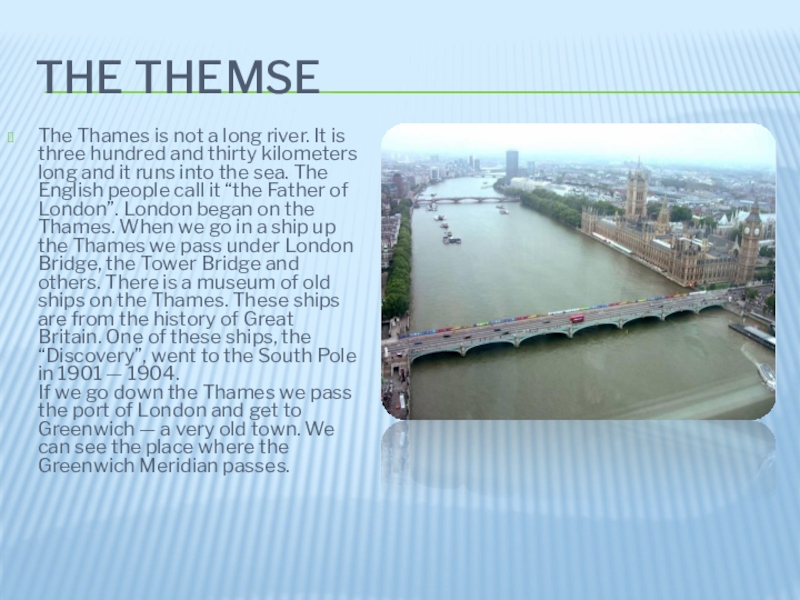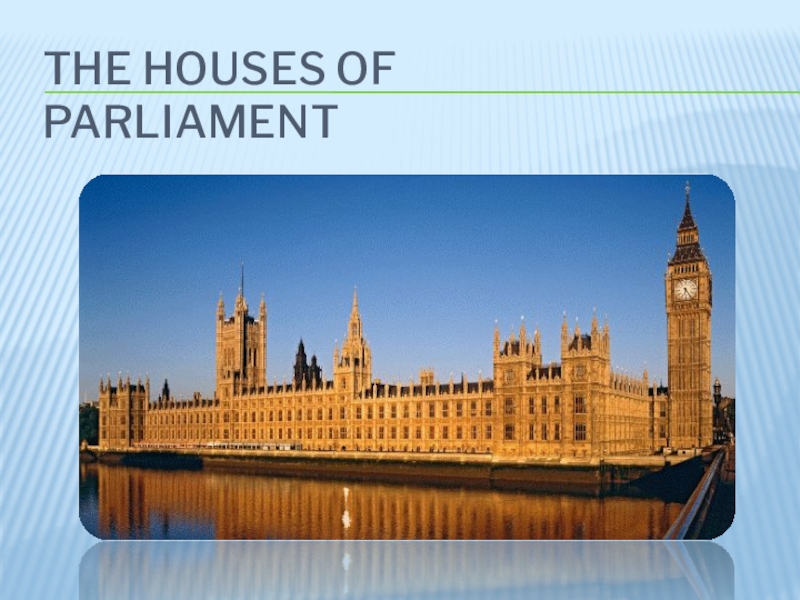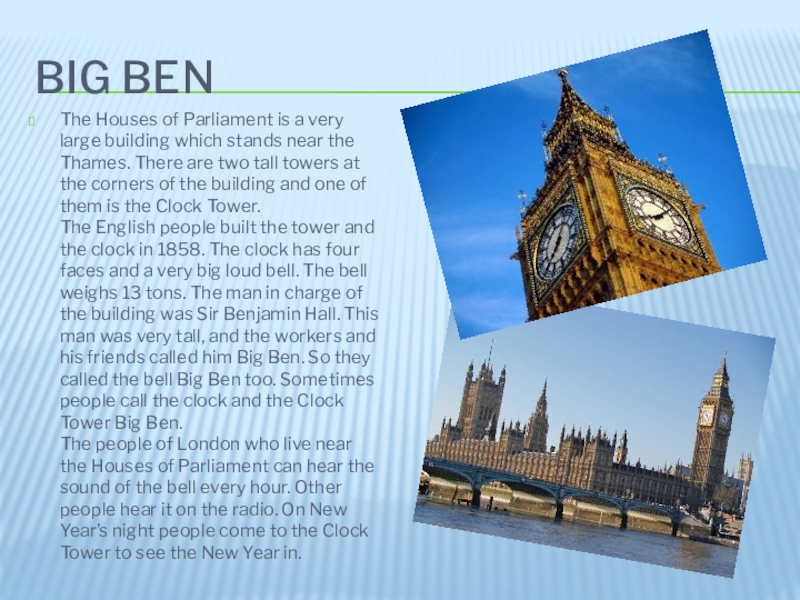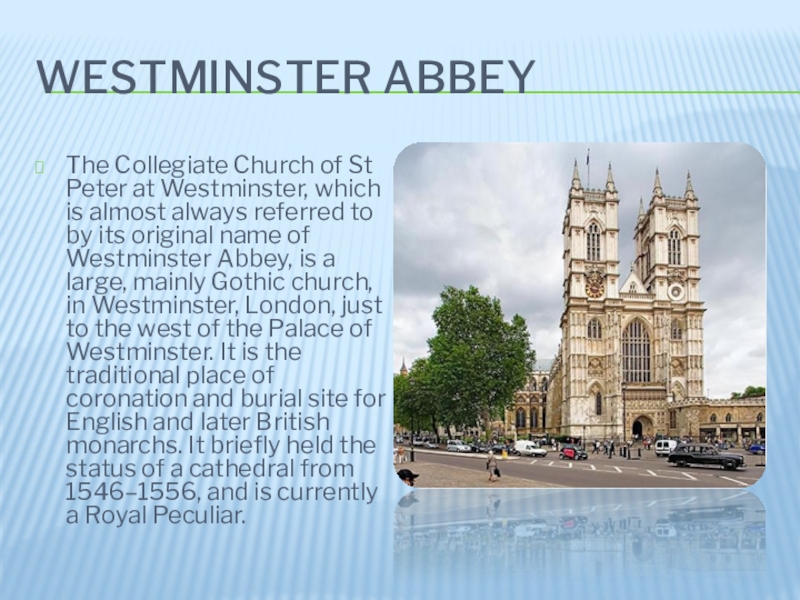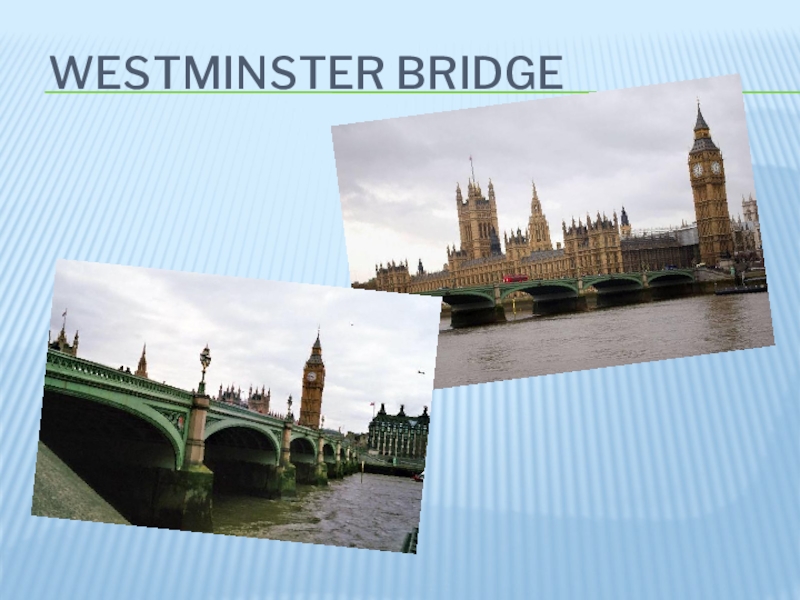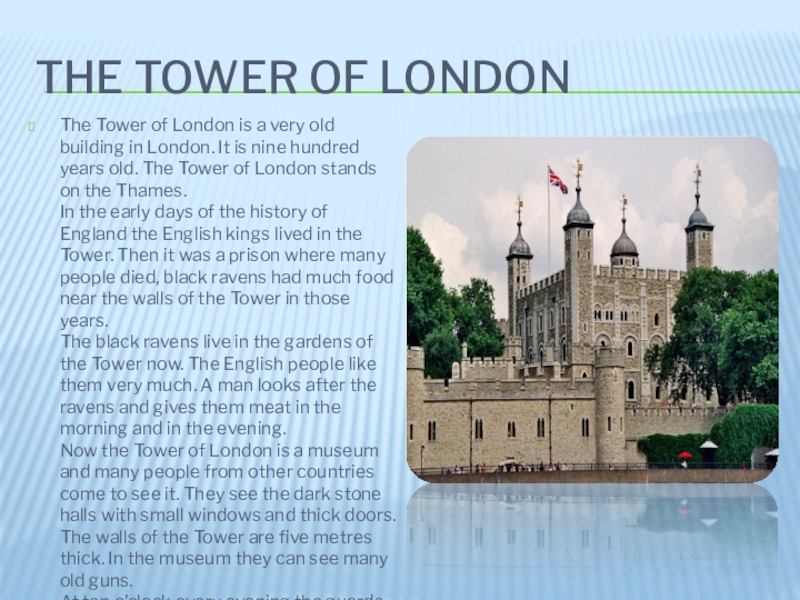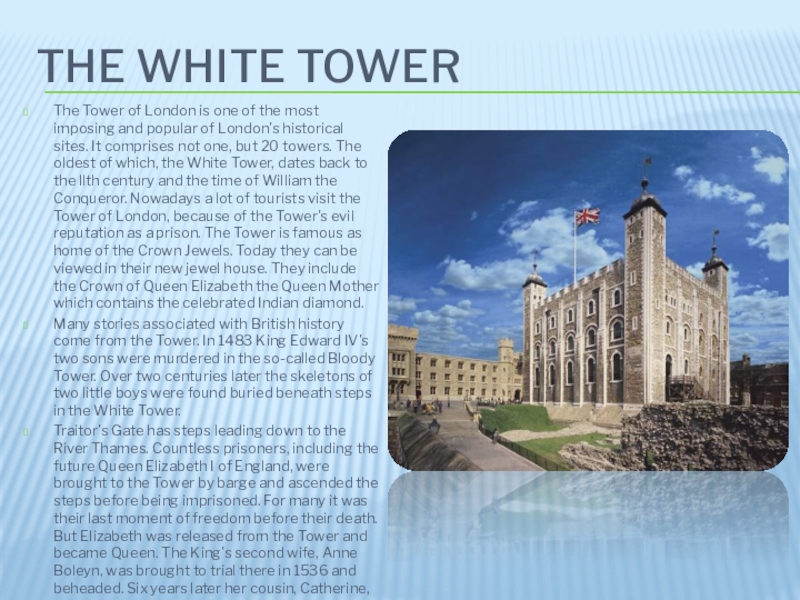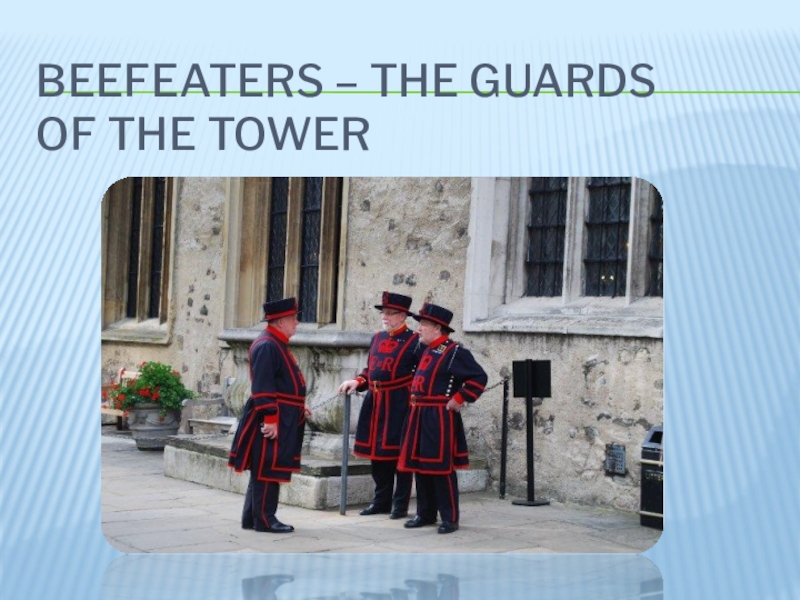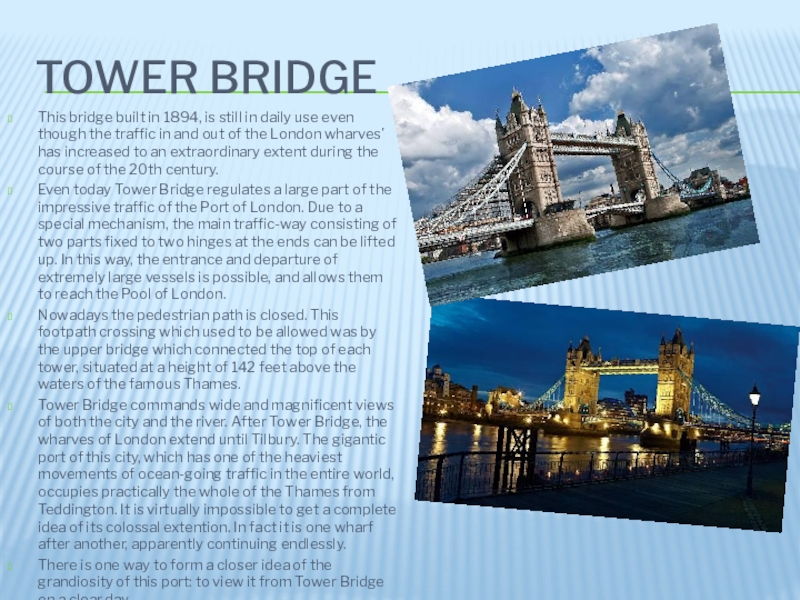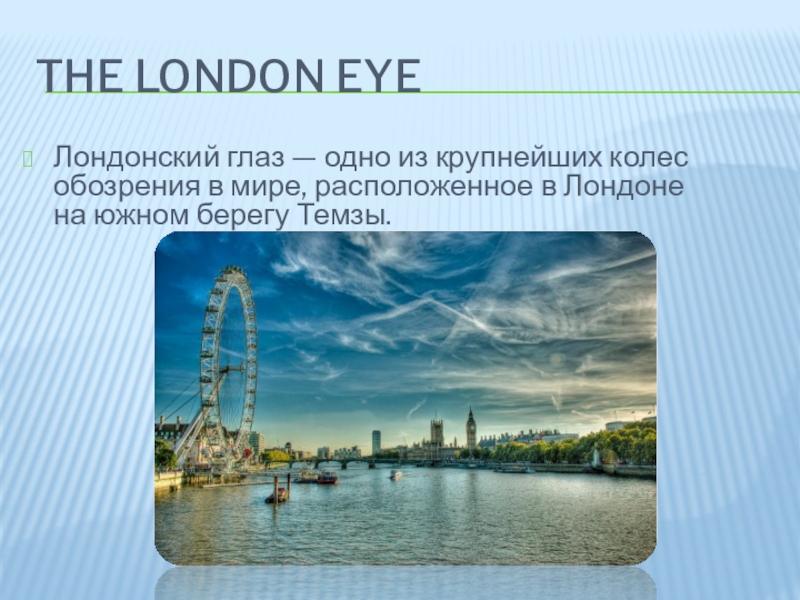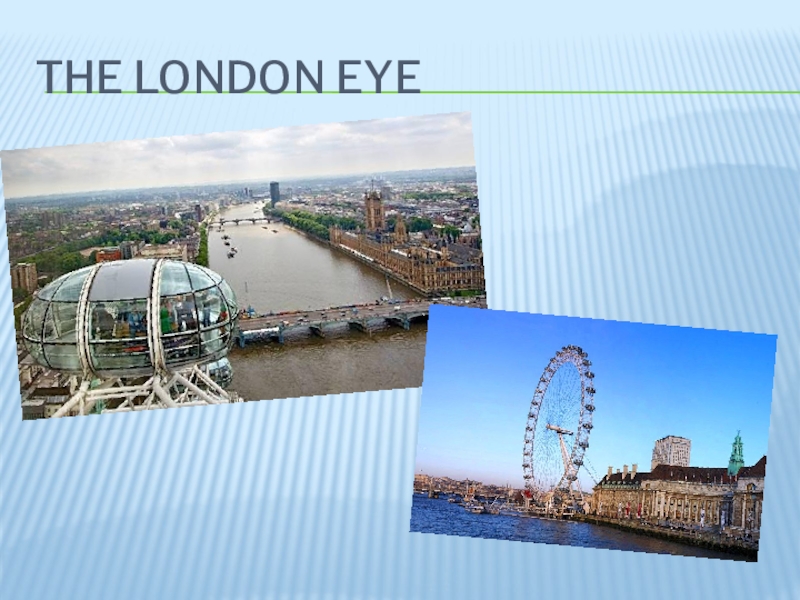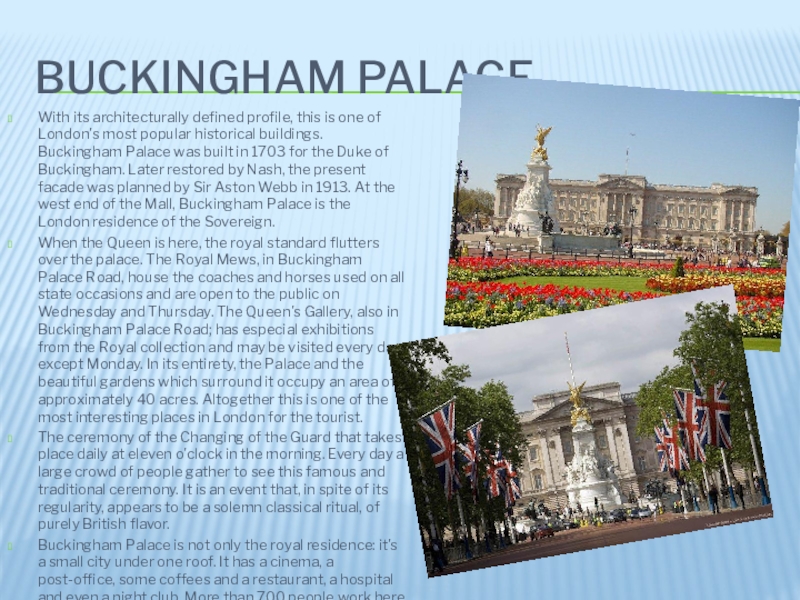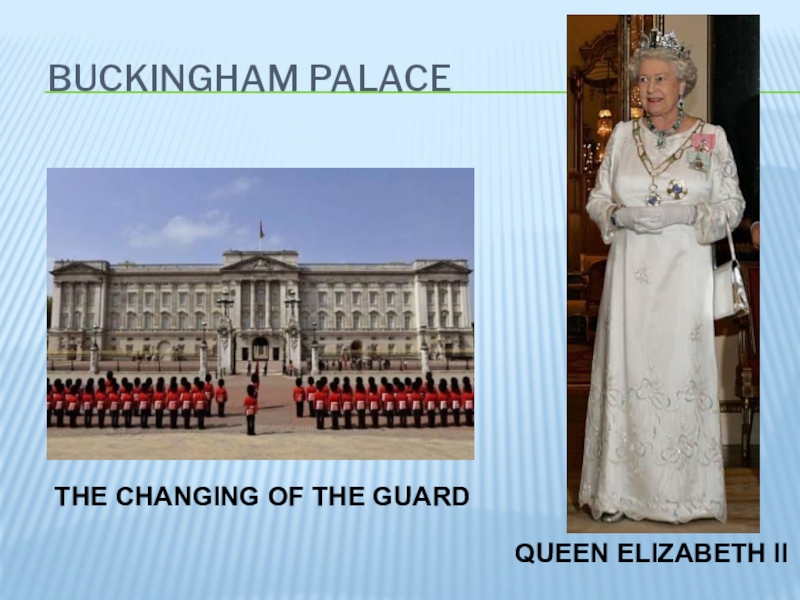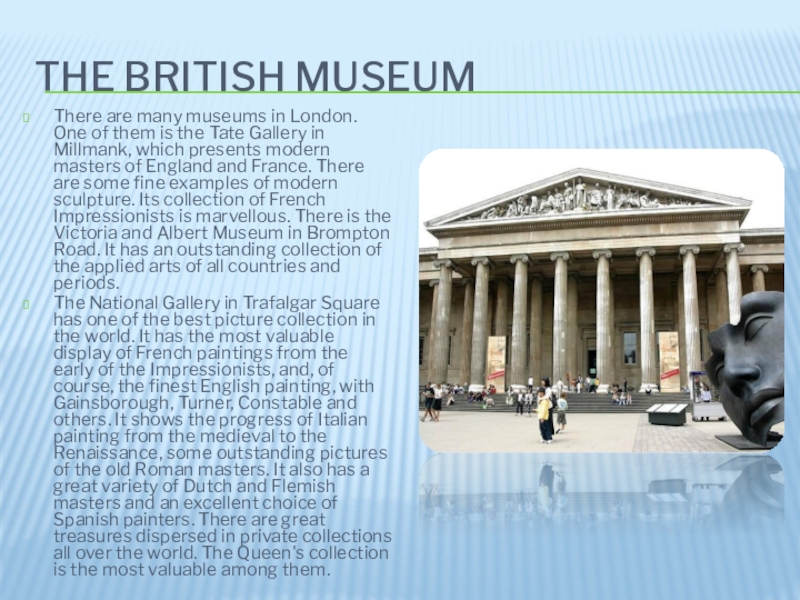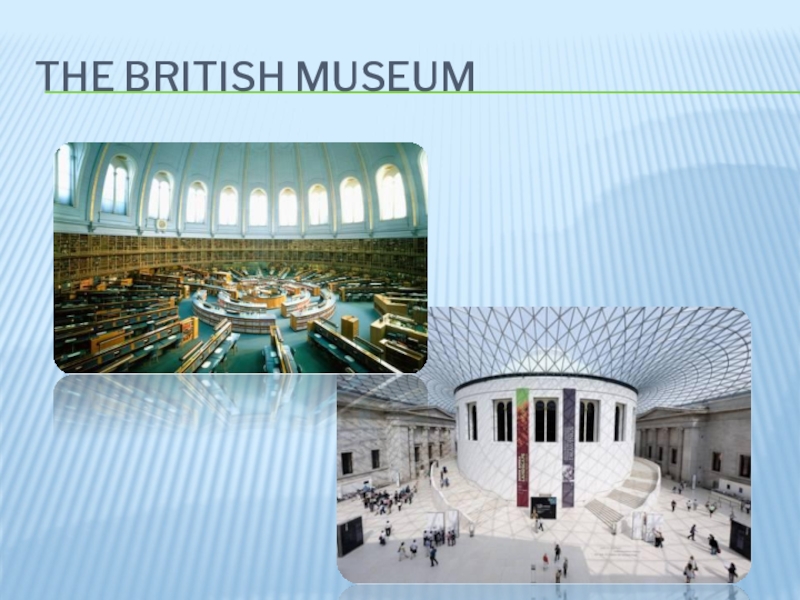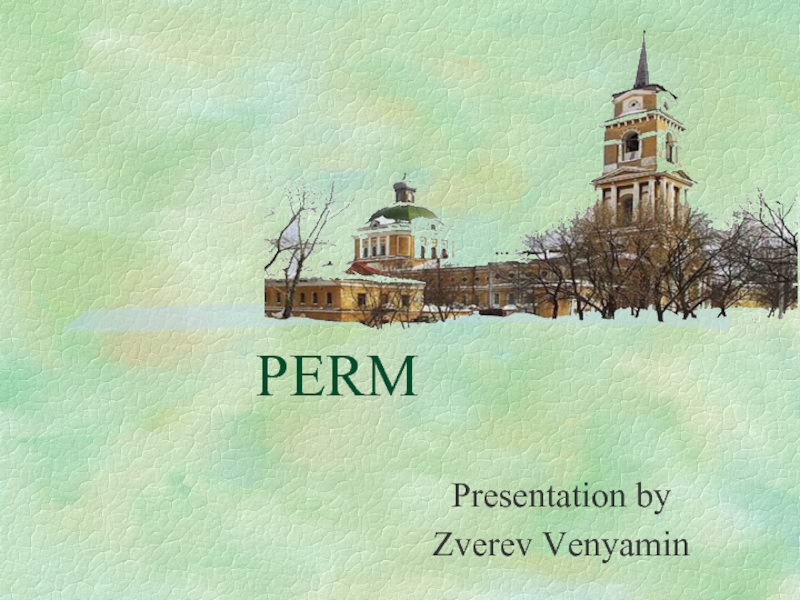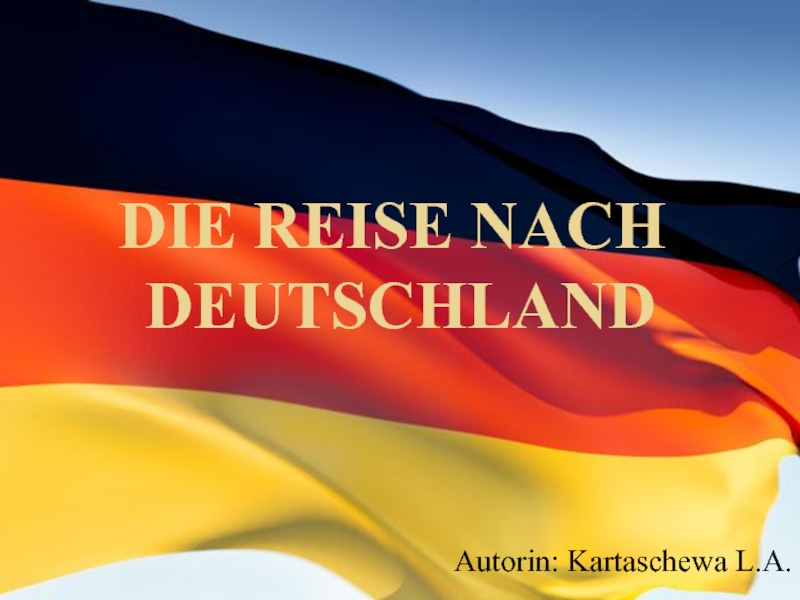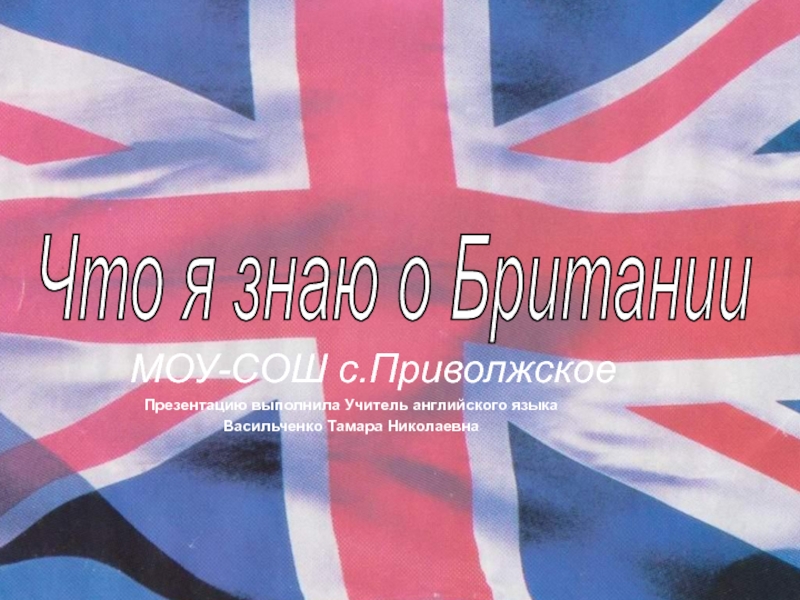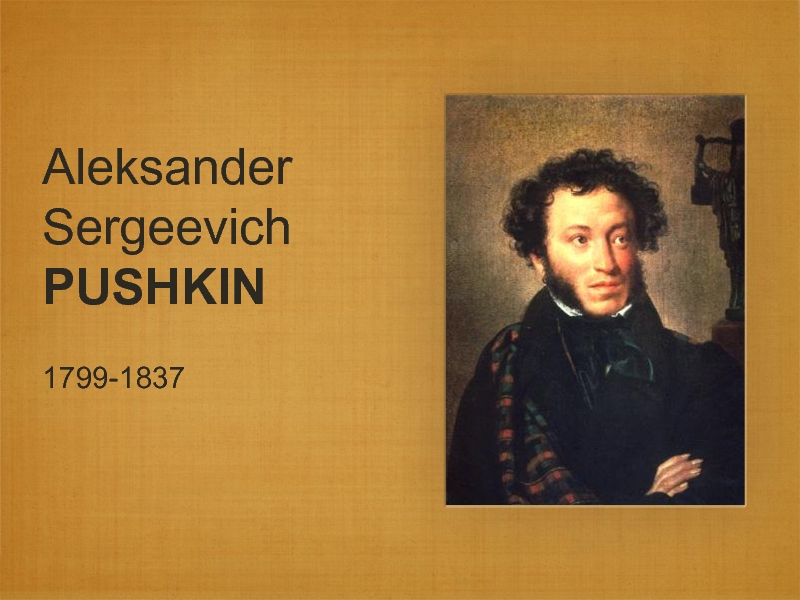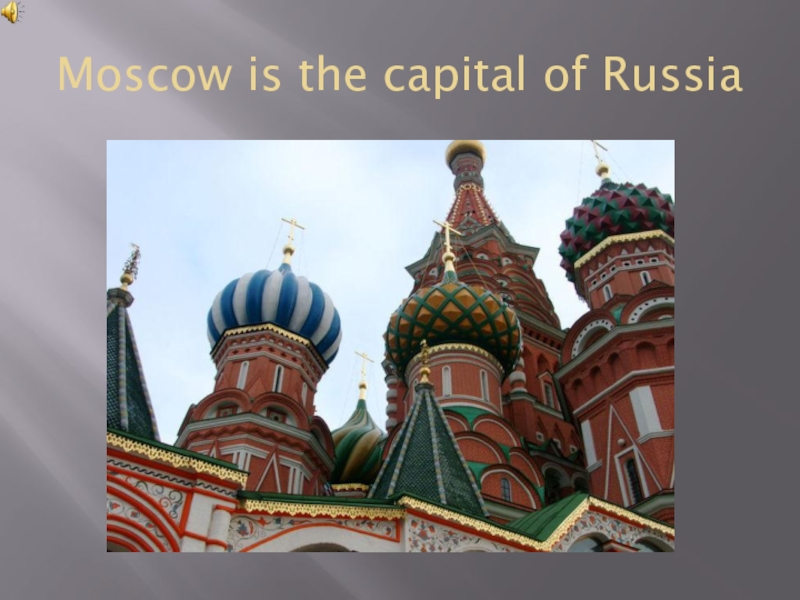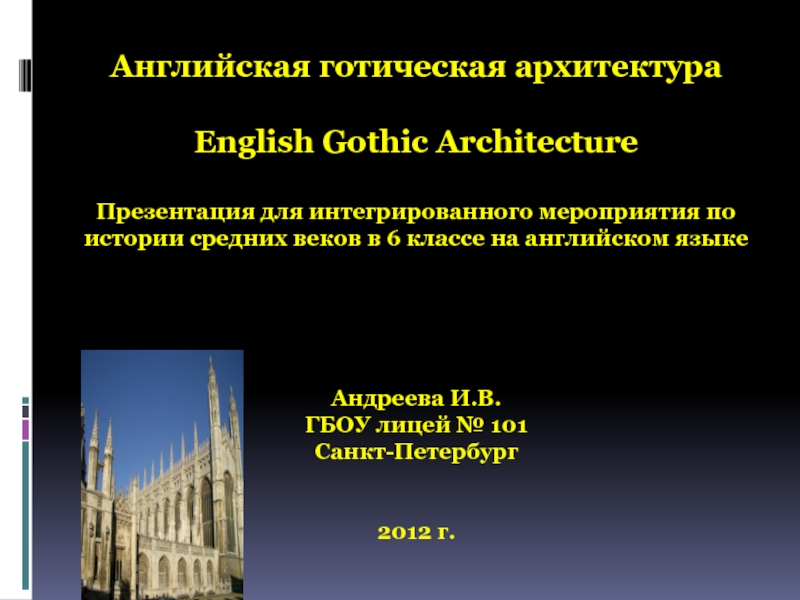Разделы презентаций
- Разное
- Английский язык
- Астрономия
- Алгебра
- Биология
- География
- Геометрия
- Детские презентации
- Информатика
- История
- Литература
- Математика
- Медицина
- Менеджмент
- Музыка
- МХК
- Немецкий язык
- ОБЖ
- Обществознание
- Окружающий мир
- Педагогика
- Русский язык
- Технология
- Физика
- Философия
- Химия
- Шаблоны, картинки для презентаций
- Экология
- Экономика
- Юриспруденция
Достопримечательности Великобритании
Содержание
- 1. Достопримечательности Великобритании
- 2. The ThemseThe Thames is not a long
- 3. The houses of parliament
- 4. Big benThe Houses of Parliament is a
- 5. Westminster abbeyThe Collegiate Church of St Peter
- 6. Westminster bridge
- 7. The tower of LondonThe Tower of London
- 8. The white towerThe Tower of London is
- 9. Beefeaters – the guards of the tower
- 10. Tower bridgeThis bridge built in 1894, is
- 11. The London eyeЛондонский глаз — одно из крупнейших колес обозрения в мире, расположенное в Лондоне на южном берегу Темзы.
- 12. The London eye
- 13. Buckingham palaceWith its architecturally defined profile, this
- 14. Buckingham palace THE CHANGING OF THE GUARDQUEEN ELIZABETH II
- 15. THE BRITISH MUSEUMThere are many museums in
- 16. The British museum
- 17. The end
- 18. Скачать презентанцию
The ThemseThe Thames is not a long river. It is three hundred and thirty kilometers long and it runs into the sea. The English people call it “the Father of London”.
Слайды и текст этой презентации
Слайд 4Big ben
The Houses of Parliament is a very large building
which stands near the Thames. There are two tall towers
at the corners of the building and one of them is the Clock Tower. The English people built the tower and the clock in 1858. The clock has four faces and a very big loud bell. The bell weighs 13 tons. The man in charge of the building was Sir Benjamin Hall. This man was very tall, and the workers and his friends called him Big Ben. So they called the bell Big Ben too. Sometimes people call the clock and the Clock Tower Big Ben. The people of London who live near the Houses of Parliament can hear the sound of the bell every hour. Other people hear it on the radio. On New Year’s night people come to the Clock Tower to see the New Year in.Слайд 5Westminster abbey
The Collegiate Church of St Peter at Westminster, which
is almost always referred to by its original name of
Westminster Abbey, is a large, mainly Gothic church, in Westminster, London, just to the west of the Palace of Westminster. It is the traditional place of coronation and burial site for English and later British monarchs. It briefly held the status of a cathedral from 1546–1556, and is currently a Royal Peculiar.Слайд 7The tower of London
The Tower of London is a very
old building in London. It is nine hundred years old.
The Tower of London stands on the Thames. In the early days of the history of England the English kings lived in the Tower. Then it was a prison where many people died, black ravens had much food near the walls of the Tower in those years. The black ravens live in the gardens of the Tower now. The English people like them very much. A man looks after the ravens and gives them meat in the morning and in the evening. Now the Tower of London is a museum and many people from other countries come to see it. They see the dark stone halls with small windows and thick doors. The walls of the Tower are five metres thick. In the museum they can see many old guns. At ten o’clock every evening the guards lock the big doors of the Tower for the night.Слайд 8The white tower
The Tower of London is one of the
most imposing and popular of London's historical sites. It comprises
not one, but 20 towers. The oldest of which, the White Tower, dates back to the llth century and the time of William the Conqueror. Nowadays a lot of tourists visit the Tower of London, because of the Tower's evil reputation as a prison. The Tower is famous as home of the Crown Jewels. Today they can be viewed in their new jewel house. They include the Crown of Queen Elizabeth the Queen Mother which contains the celebrated Indian diamond.Many stories associated with British history come from the Tower. In 1483 King Edward IV's two sons were murdered in the so-called Bloody Tower. Over two centuries later the skeletons of two little boys were found buried beneath steps in the White Tower.
Traitor's Gate has steps leading down to the River Thames. Countless prisoners, including the future Queen Elizabeth I of England, were brought to the Tower by barge and ascended the steps before being imprisoned. For many it was their last moment of freedom before their death. But Elizabeth was released from the Tower and became Queen. The King's second wife, Anne Boleyn, was brought to trial there in 1536 and beheaded. Six years later her cousin, Catherine, Henry VIII's fifth wife, suffered the same fate. Sir Thomas More was beheaded there in 1535.
Слайд 10Tower bridge
This bridge built in 1894, is still in daily
use even though the traffic in and out of the
London wharves' has increased to an extraordinary extent during the course of the 20th century.Even today Tower Bridge regulates a large part of the impressive traffic of the Port of London. Due to a special mechanism, the main traffic-way consisting of two parts fixed to two hinges at the ends can be lifted up. In this way, the entrance and departure of extremely large vessels is possible, and allows them to reach the Pool of London.
Nowadays the pedestrian path is closed. This footpath crossing which used to be allowed was by the upper bridge which connected the top of each tower, situated at a height of 142 feet above the waters of the famous Thames.
Tower Bridge commands wide and magnificent views of both the city and the river. After Tower Bridge, the wharves of London extend until Tilbury. The gigantic port of this city, which has one of the heaviest movements of ocean-going traffic in the entire world, occupies practically the whole of the Thames from Teddington. It is virtually impossible to get a complete idea of its colossal extention. In fact it is one wharf after another, apparently continuing endlessly.
There is one way to form a closer idea of the grandiosity of this port: to view it from Tower Bridge on a clear day.
Слайд 11The London eye
Лондонский глаз — одно из крупнейших колес обозрения в мире, расположенное
в Лондоне на южном берегу Темзы.
Слайд 13Buckingham palace
With its architecturally defined profile, this is one of
London's most popular historical buildings. Buckingham Palace was built in
1703 for the Duke of Buckingham. Later restored by Nash, the present facade was planned by Sir Aston Webb in 1913. At the west end of the Mall, Buckingham Palace is the London residence of the Sovereign.When the Queen is here, the royal standard flutters over the palace. The Royal Mews, in Buckingham Palace Road, house the coaches and horses used on all state occasions and are open to the public on Wednesday and Thursday. The Queen's Gallery, also in Buckingham Palace Road; has especial exhibitions from the Royal collection and may be visited every day except Monday. In its entirety, the Palace and the beautiful gardens which surround it occupy an area of approximately 40 acres. Altogether this is one of the most interesting places in London for the tourist.
The ceremony of the Changing of the Guard that takes place daily at eleven o'clock in the morning. Every day a large crowd of people gather to see this famous and traditional ceremony. It is an event that, in spite of its regularity, appears to be a solemn classical ritual, of purely British flavor.
Buckingham Palace is not only the royal residence: it's a small city under one roof. It has a cinema, a post-office, some coffees and a restaurant, a hospital and even a night club. More than 700 people work here every day.
Слайд 15THE BRITISH MUSEUM
There are many museums in London. One of
them is the Tate Gallery in Millmank, which presents modern
masters of England and France. There are some fine examples of modern sculpture. Its collection of French Impressionists is marvellous. There is the Victoria and Albert Museum in Brompton Road. It has an outstanding collection of the applied arts of all countries and periods.The National Gallery in Trafalgar Square has one of the best picture collection in the world. It has the most valuable display of French paintings from the early of the Impressionists, and, of course, the finest English painting, with Gainsborough, Turner, Constable and others. It shows the progress of Italian painting from the medieval to the Renaissance, some outstanding pictures of the old Roman masters. It also has a great variety of Dutch and Flemish masters and an excellent choice of Spanish painters. There are great treasures dispersed in private collections all over the world. The Queen's collection is the most valuable among them.
